
Filter News
Area of Research
- Biology and Environment (4)
- Clean Energy (27)
- Climate and Environmental Systems (3)
- Computer Science (1)
- Energy Sciences (1)
- Fusion Energy (4)
- Materials (19)
- Materials for Computing (1)
- National Security (4)
- Neutron Science (4)
- Nuclear Science and Technology (4)
- Nuclear Systems Modeling, Simulation and Validation (2)
- Renewable Energy (1)
- Supercomputing (8)
News Type
Date
News Topics
- 3-D Printing/Advanced Manufacturing (2)
- Advanced Reactors (6)
- Artificial Intelligence (1)
- Big Data (3)
- Biology (2)
- Biomedical (6)
- Climate Change (5)
- Computer Science (7)
- Coronavirus (3)
- Critical Materials (1)
- Energy Storage (7)
- Environment (9)
- Frontier (1)
- Fusion (3)
- Grid (3)
- Isotopes (1)
- Machine Learning (3)
- Materials Science (8)
- Mercury (1)
- Microscopy (2)
- Molten Salt (1)
- Nanotechnology (2)
- Neutron Science (4)
- Nuclear Energy (6)
- Polymers (2)
- Summit (3)
- Sustainable Energy (8)
- Transportation (4)
Media Contacts
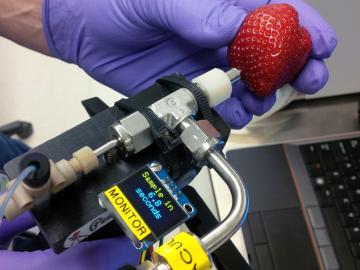

An Oak Ridge National Laboratory study is providing an unprecedented watershed-scale understanding of mercury in soils and sediments. Researchers focused on evaluating mercury and soil properties along the banks of a mercury-contaminated stream in Oak Ridge, Tenn., sampling 145 loca...
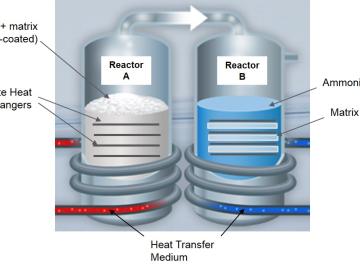
Salt and ammonia are key ingredients of a high-efficiency natural gas-fired heat pump system being developed by researchers at Oak Ridge National Laboratory, Rheem and ClimateWell. Potentially, the SaltX system could provide 43 percent greater efficiency than today’s best furn...
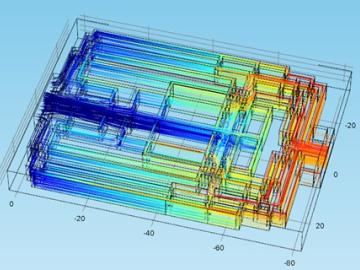
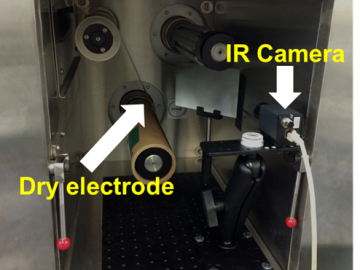
Production run spot checks of materials for lithium-ion batteries and fuel cells could be a thing of the past because of a process developed at Oak Ridge National Laboratory. The infrared/thermal nondestructive evaluation technique invented by a team led by David Wood examines key parameters such as porosity and thickness of the coating in real time without destroying product.
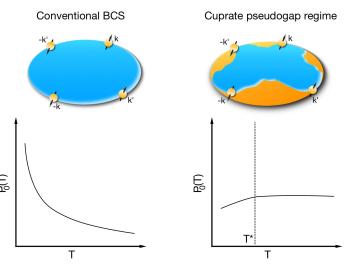
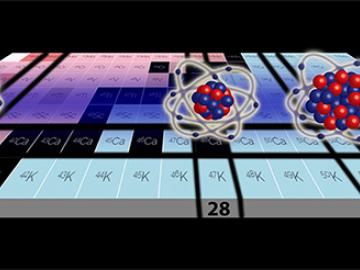
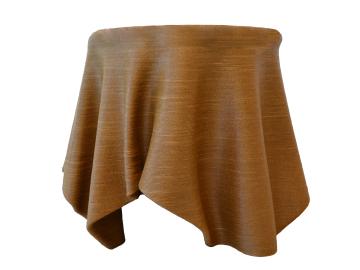

Drivers of Formula E cars may soon no longer have to change cars midway through the race, thanks to a battery coating technology developed by XALT Energy of Michigan and Oak Ridge National Laboratory. By depositing a nanoscale layer of alumina on oxide cathodes, researchers have incre...
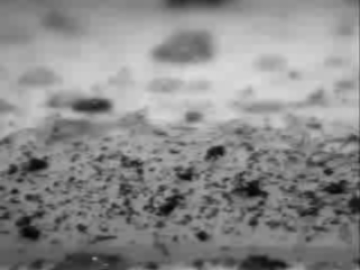
An anti-soiling highly reflective and water-resistant roof coating developed at Oak Ridge National Laboratory and evaluated at Lawrence Berkeley National Laboratory has produced encouraging results. The coating based on superhydrophobic particles resulted in only 3.3 and 4.9 percent r...


